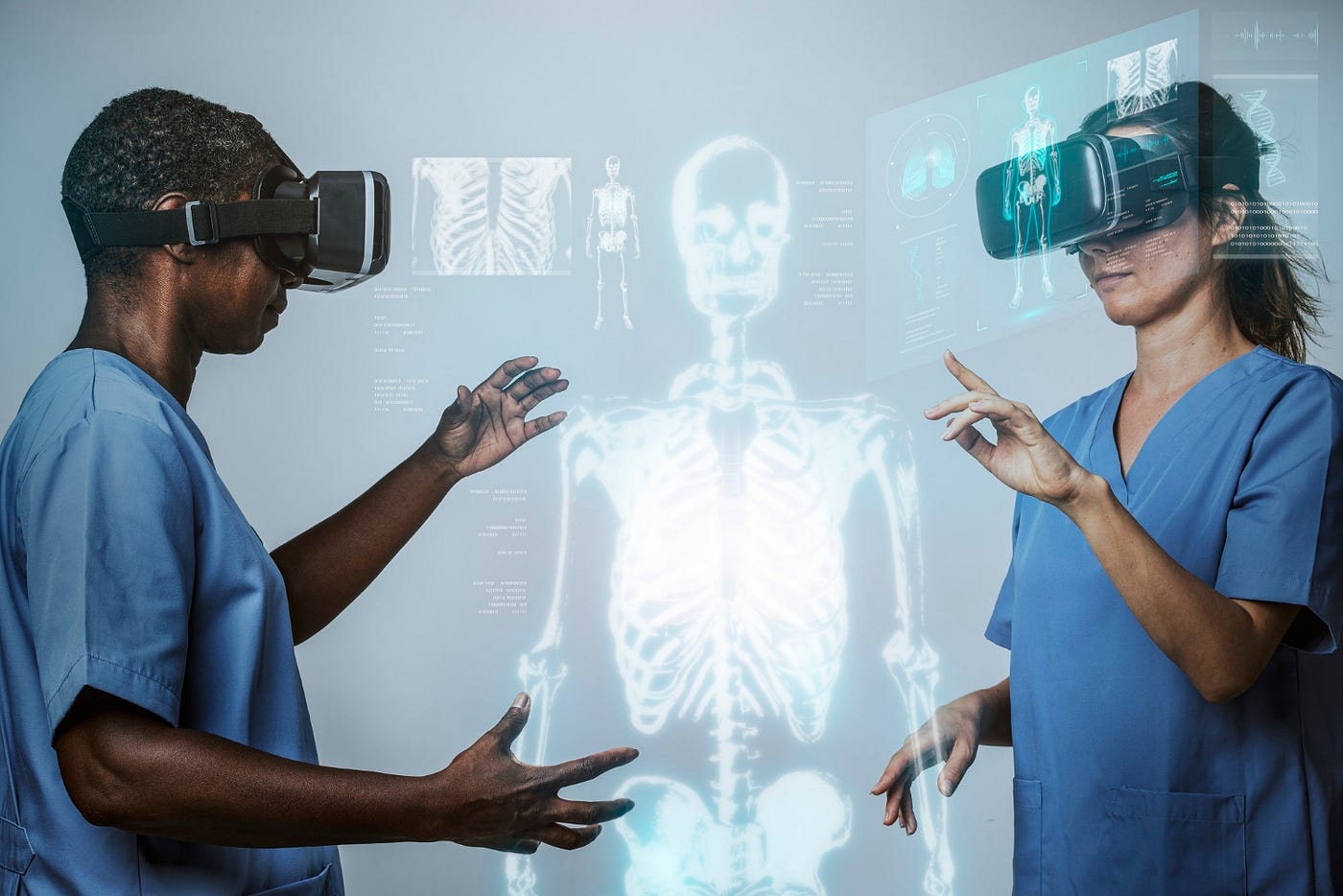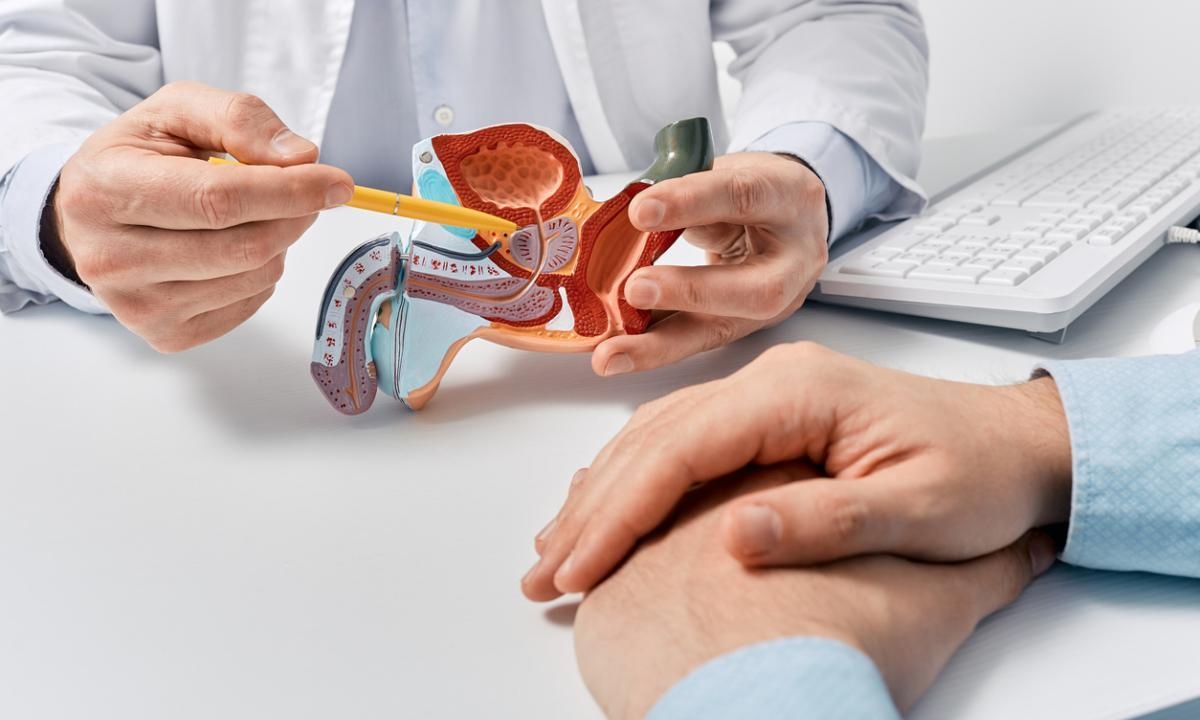
World's First Skull-Embedded Epilepsy Device Transforming Lives: Oran Knowlson's Remarkable Journey
In a groundbreaking medical advancement, a 13-year-old boy from Somerset, UK, has become the first patient in the world to trial a novel device embedded in his skull to manage severe epilepsy.
Oran Knowlson, who suffers from Lennox-Gastaut syndrome, has experienced an 80% reduction in his daytime seizures since the neurostimulator was fitted. This innovative device sends electrical signals deep into his brain, offering a new lease on life for Oran and his family.
The surgery took place in October 2023 at Great Ormond Street Hospital in London, as part of the CADET project, a series of trials assessing the safety and effectiveness of deep brain stimulation for severe epilepsy. The project is a collaboration between Great Ormond Street Hospital, University College London, King’s College Hospital, and the University of Oxford.
The neurostimulator, named Picostim, is manufactured by the UK company Amber Therapeutics. It works by emitting a constant pulse of current to block or disrupt abnormal electrical signals in the brain, which trigger epileptic seizures. The device, a 3.5cm square and 0.6cm thick, was placed in a gap in Oran’s skull where bone had been removed. Two electrodes were inserted deep into his brain, reaching the thalamus, a crucial relay station for neuronal information.
Before the operation, Oran's mother, Justine, described how epilepsy had robbed her son of his childhood. Oran’s seizures ranged from dozens to hundreds daily, causing him to fall, shake violently, lose consciousness, and sometimes stop breathing, requiring emergency medication. His epilepsy had also severely impacted his cognitive abilities and overall quality of life.
The surgery, led by consultant paediatric neurosurgeon Martin Tisdall, lasted around eight hours. The precision required was immense, with a margin of error for the electrode placement being less than a millimeter. The neurostimulator was then securely anchored to the surrounding skull, reducing the potential for post-surgical complications like infections and device failure.
A month after the operation, the neurostimulator was activated. Oran cannot feel the device when it is on, and he recharges it daily using wireless headphones while engaging in activities he enjoys, like watching TV. Seven months post-operation, Justine reported a massive improvement in Oran's condition. His daytime seizures have ceased, and his night-time seizures are shorter and less severe. “He is more alert, and I’m definitely getting him back slowly,” she said.
The success of Oran’s treatment has allowed him to participate in activities he previously couldn't, such as riding lessons. Though a nurse and teacher remain on standby during these activities, they have not been needed so far.
Currently, Oran receives a constant electrical stimulus from the device. However, the next phase of the trial aims to make the neurostimulator responsive in real-time to changes in brain activity, potentially blocking seizures before they occur. This advancement excites Justine, who expressed optimism about the future, saying, "The Great Ormond Street team gave us hope back…now the future looks brighter."
The Picostim neurostimulator, while currently a trial for severe epilepsy, has also been used to treat patients with Parkinson’s disease. Another type of skull-mounted neurostimulator has been used in the United States for epilepsy treatment, indicating a growing interest in this innovative approach.
Oran's case is the first of its kind, but three more children with Lennox-Gastaut syndrome are set to be fitted with the deep brain neurostimulator as part of the ongoing trial. This pioneering treatment is not a cure, but it offers a significant improvement in quality of life for patients suffering from severe, treatment-resistant epilepsy.
The successful implementation of the Picostim neurostimulator in Oran Knowlson marks a significant milestone in the treatment of severe epilepsy. This innovative device not only provides hope for Oran and his family but also paves the way for future advancements in managing other neurological disorders. As the CADET project continues, the potential for this technology to transform lives is immense, offering a brighter future for patients worldwide.
Trending
-
1 Mental Health Absences Cost NHS £2 Billion Yearly
Riddhi Doshi -
2 Gut Check: A Short Guide to Digestive Health
Daniel Hall -
3 London's EuroEyes Clinic Recognised as Leader in Cataract Correction
Mihir Gadhvi -
4 4 Innovations in Lab Sample Management Enhancing Research Precision
Emily Newton -
5 The Science Behind Addiction and How Rehabs Can Help
Daniel Hall





Comments